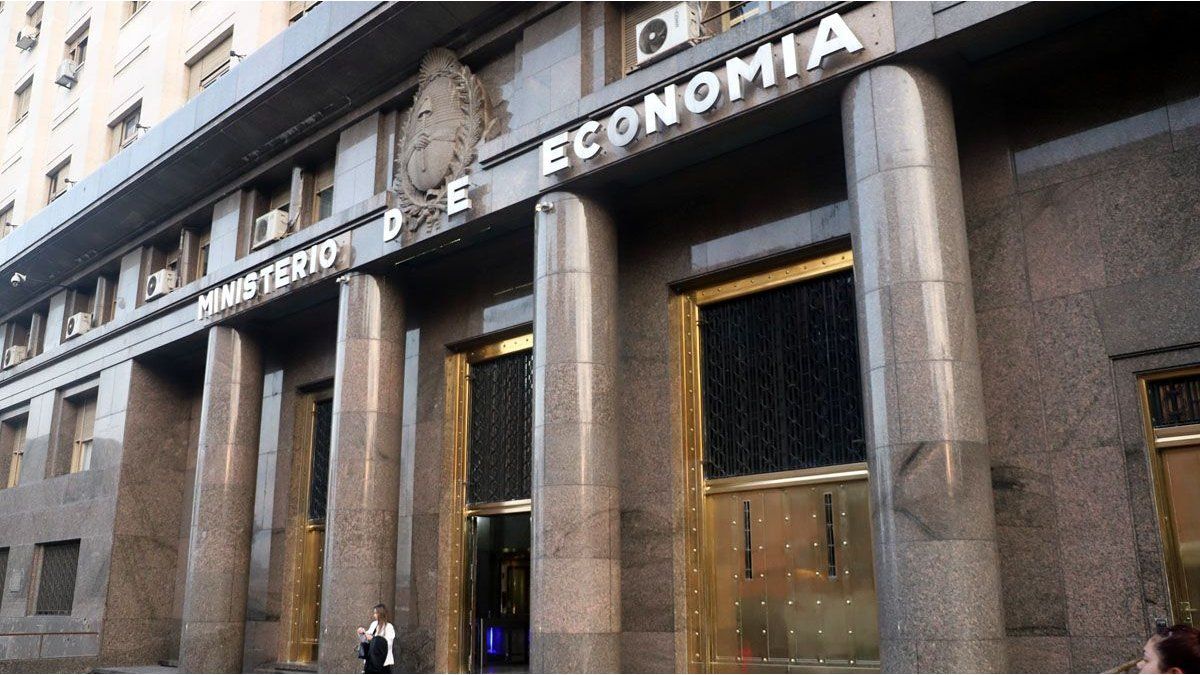An inconspicuous box is often the start of a good story. This is also the case in a current case that the watch blog “” recently published. Because this time the box that contained an old Rolex apparently belonged to an Australian soldier. It was discovered by a 20-year-old history student named Oliver while browsing the Gumtree classifieds platform.
“Broken Rolex” apparently belonged to a “Rat of Tobruk”
Oliver didn’t have many clues as to what he was buying. The ad just said “broken Rolex” and there were two bad photos of a very old watch. “I thought I’d take the risk and have it sent to me,” he explains to Fratello Watches. Because even if the quality of the images was poor, Oliver suspected from the sparse information that the watch could have belonged to a soldier of the so-called “Rats of Tobruk” – and was therefore used in the Second World War.
In fact, it turned out that the watch belonged to a certain Eric Prince – at least that’s what the case back of the old Rolex says. There is evidence that Prince was involved in the siege of Tobruk. He was part of the Australian Army’s 2/3rd Anti-Tank Regiment and thus in fact part of the “Rats of Tobruk”, whose name the Irish-US American propaganda broadcaster William Joyce aka “Lord Haw-Haw” originally dubbed came up with a derogatory term for the enemies of the Third Reich. “Rats” because the besieged soldiers in Tobruk had set up a network of underground positions and were therefore disparagingly compared to rodents.
However, the Australians claimed the name for themselves and designed their unofficial medal with the image of a desert rat. A mosaic in Queen’s Park in Mackay, Australia still shows the emblem today. The motto was “No surrender” (“no surrender”). There are numerous memorials across Australia to the “Rats of Tobruk”.
The Siege of Tobruk is considered one of the most important operations for the Australian Army in World War II and had serious repercussions for the Nazis under Field Marshal Erwin Rommel, the “Desert Fox”. By successfully defending the city, the Allies were able to inflict heavy tank losses on the Axis powers and prevent Rommel’s rapid advance into Egypt.
Oliver is certain that the young soldier should even be able to be seen on Eric Prince’s unit. The photo, also part of this gallery, shows him with a watch on his wrist. The current owner is certain: it must be the old Rolex that came into the Sergeant’s possession shortly after his appointment. Unfortunately, we can no longer say today whether he bought it or whether it was a gift.
During World War II, Prince received a total of nine medals, according to . For Oliver he is “an Australian hero” whose watch has obviously seen a lot.
Rolex in World War II
Meanwhile, the Rolex itself is not one of the sought-after classics that repeatedly fetch record prices at auctions. These are mostly watches from 1950, i.e. “Submariner”, “GMT-Master” or the “Daytona”, which was presented for the first time in 1963. Eric Prince’s Rolex is still one of the less well-known models from the early days. It is a hand-wound model and there is no “Oyster” on the dial, which is reserved for the water-resistant models that have made Rolex famous around the world.
After all: the watch is in perfect condition for what it has seen. Since the Rolex Prima movement with 15 rubies is a simple model, maintenance should not be a problem either.
Rolex is known to have been a popular watch brand during World War II. It is said that the manufactory delivered more than 3,000 timepieces to the Allies. Even back then, the most modern models were waterproof and dustproof and, thanks to their slightly radioactive hands, could also be read in the dark. Customer service also played a role, because company founder Hans Wilsdorf had come up with something special for British soldiers. When it became known that the Germans were stealing the watches of prisoners of war, he ordered that a Rolex only had to be paid for when it was returned from the war. If it was lost, the company accepted the loss.
Also read:
Pensioner has his old Rolex Submariner appraised – and only gets a “wow” from the price
Buying a Rolex abroad – (almost) an impossibility
Money plays no role Rolex: These are the most expensive watches from the Swiss cult brand
Source: Stern
I am an author and journalist who has worked in the entertainment industry for over a decade. I currently work as a news editor at a major news website, and my focus is on covering the latest trends in entertainment. I also write occasional pieces for other outlets, and have authored two books about the entertainment industry.




